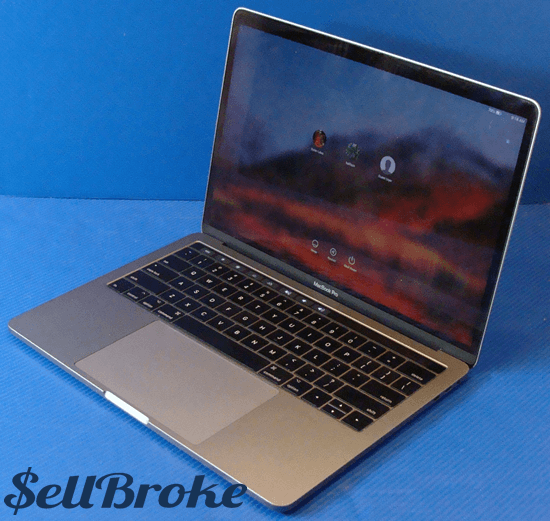- External Ssd Thunderbolt
- Best Ssd For Imac
Back in the early days of AAAD, our late-2009 iMac was the center of our connected home. It held all of our photos, our iTunes library, and our documents.
We replaced the late-2009 iMac with a 27' retina iMac a few years ago. My dad took the old iMac and used it in his office.
Last week, he let me know that the iMac was having issues, and that he'd bring it to me to check it out.
I cloned my HDD to a Samsung T5 500GB SSD because I didn't feel like tearing open my iMac to replace the internal hard drive. Through USB 2.0, I'm getting be. Vysor google play. Question: Q: Using external SSD as boot drive I have a Late 2013 21.5in iMac 8Gb with a (slow) 1Tb 5400rpm HDD running Catalina. It takes a good 5 minutes to boot and another 5 minutes to settle after signing in. IMac Compatible SSD's White Plastic iMac's - both G5 and Intel used full-size 3.5' SATA interface drives. Thick bodied Aluminum iMac's used full-size SATA drives as well. However with the ultra-Slim Aluminum iMac, Apple moved towards 2.5' laptop size SATA hard drives with (optionally) a custom SATA SSD.
No Apple logo, no cursor, no pinwheel.. not even a bomb icon.
I have a mid-2010 27' iMac. I want to speed it up some and I have decided to get an external SSD. I want to make this my boot disk as well as data storage. The SSD I'm considering is 3 TB. My concern is the connection speed. The 2010 iMac has USB 2 I believe and a Firewire 400. The drive I'm considering has USB 3.0/3.1 and a Firewire 400. Apple's solution, Fusion Drive, fits within the banner of hybrid drives, combining an SSD with a much larger hard drive. This offers the same effect as a single hybrid drive, including faster.
My downloads chrome. I'd never repaired an iMac before. Was it worth trying to fix this one?
Repair vs. Trade-In
This was a pretty easy decision. The Official Apple Trade-In Value for a 2009-era iMac is $0. They'll recycle it for you, but that's it.
I had a pretty strong hunch that the internal hard drive had finally died.
It was an old SATA drive, and after 11 years, that's the most likely point of failure.
A 250 GB SSD with SATA connectors would cost $28.99 at Amazon.. Wait. $28.99? The price of SSDs has apparently dropped quite a bit.
At that price, it seemed silly NOT to attempt the repair.
Opening the iMac
iMacs have a reputation for being difficult to open. After all, the screen covers up all of the internal components.
I'd assumed that the glass screen was glued down - but it's not, it's held in place with strong magnets.
Getting the glass screen off was simple - just pull the glass up a little but with your fingernails, slide a credit card in there, and pry it up.
Then, you have to get past the actual LED screen. This involves removing a number of small screws - very straightforward.
However.. the screen is attached to the CPU in multiple places. Less than straightforward. Best practice would be to disconnect the LED screen entirely.. but the hard drive was right there... I could probably do this without removing the screen.
I got a couple of pint paint cans to prop up the screen, and got to work.
Replacing the Hard Drive
The hard drive in a 2009-era iMac is held in place with a steel bracket across the top. Remove that bracket.
It has a standard SATA connector - simply unplug the old drive and plug in the SSD.
There's one additional plug from the old drive, that will NOT fit into your SSD. That's the temperature/fan control. We'll get to that later.
The SSD is much smaller than a 3.5' hard drive, and can't be held in place with the old bracket.


